Angelos Michalas
On the physical layer security capabilities of reconfigurable intelligent surface empowered wireless systems
Aug 19, 2023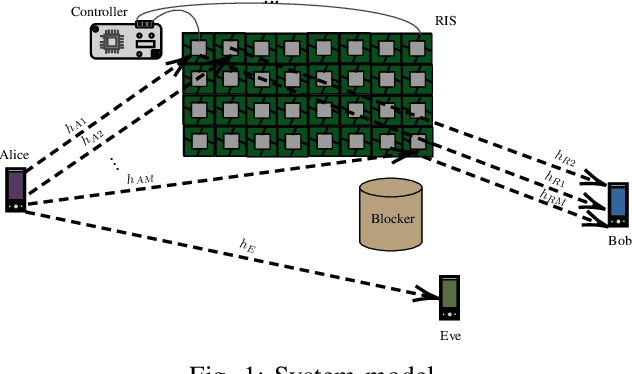
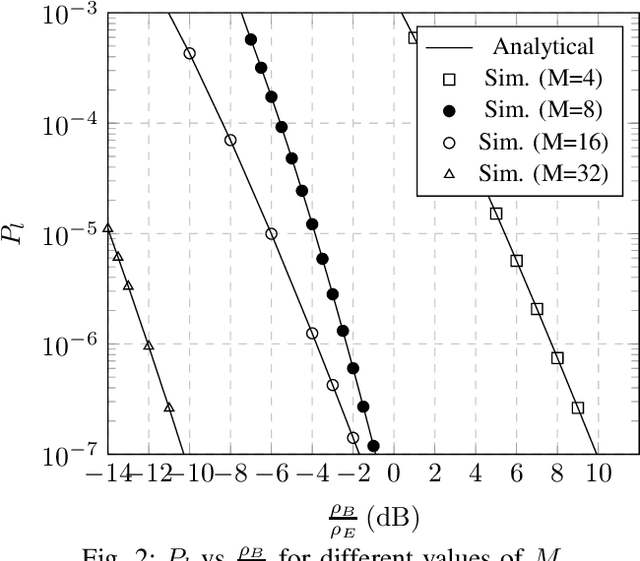
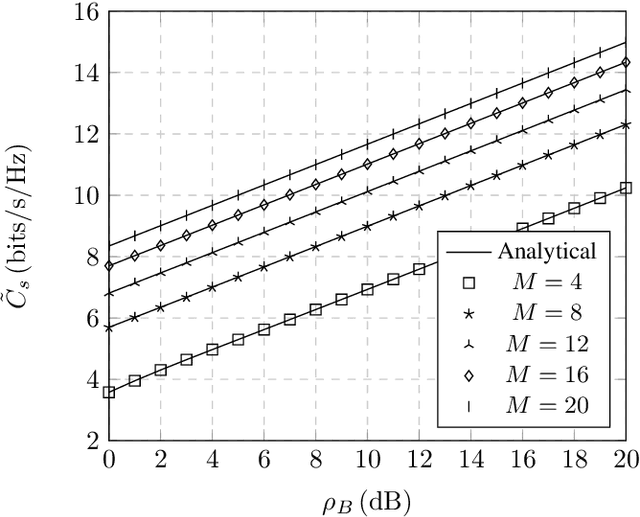
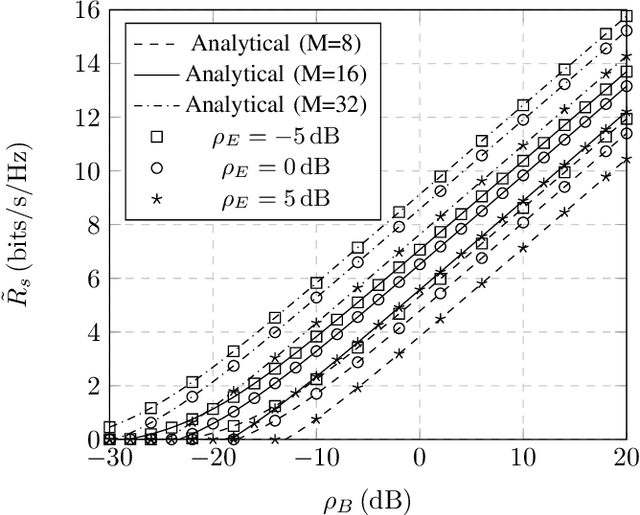
Abstract:In this paper, we investigate the physical layer security capabilities of reconfigurable intelligent surface (RIS) empowered wireless systems. In more detail, we consider a general system model, in which the links between the transmitter (TX) and the RIS as well as the links between the RIS and the legitimate receiver are modeled as mixture Gamma (MG) random variables (RVs). Moreover, the link between the TX and eavesdropper is also modeled as a MG RV. Building upon this system model, we derive the probability of zero-secrecy capacity as well as the probability of information leakage. Finally, we extract the average secrecy rate for both cases of TX having full and partial channel state information knowledge.
Can graph neural network-based detection mitigate the impact of hardware imperfections?
May 08, 2023
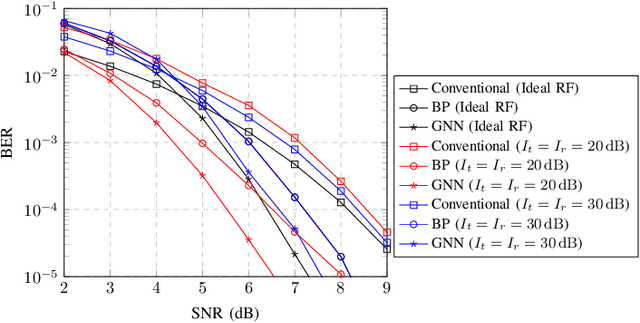
Abstract:Until recently, researchers used machine learning methods to compensate for hardware imperfections at the symbol level, indicating that optimum radio-frequency transceiver performance is possible. Nevertheless, such approaches neglect the error correcting codes used in wireless networks, which inspires machine learning (ML)-approaches that learn and minimise hardware imperfections at the bit level. In the present work, we evaluate a graph neural network (GNN)-based intelligent detector's in-phase and quadrature imbalance (IQI) mitigation capabilities. We focus on a high-frequency, high-directional wireless system where IQI affects both the transmitter (TX) and the receiver (RX). The TX uses a GNN-based decoder, whilst the RX uses a linear error correcting algorithm. The bit error rate (BER) is computed using appropriate Monte Carlo simulations to quantify performance. Finally, the outcomes are compared to both traditional systems using conventional detectors and wireless systems using belief propagation based detectors. Due to the utilization of graph neural networks, the proposed algorithm is highly scalable with few training parameters and is able to adapt to various code parameters.
 Add to Chrome
Add to Chrome Add to Firefox
Add to Firefox Add to Edge
Add to Edge